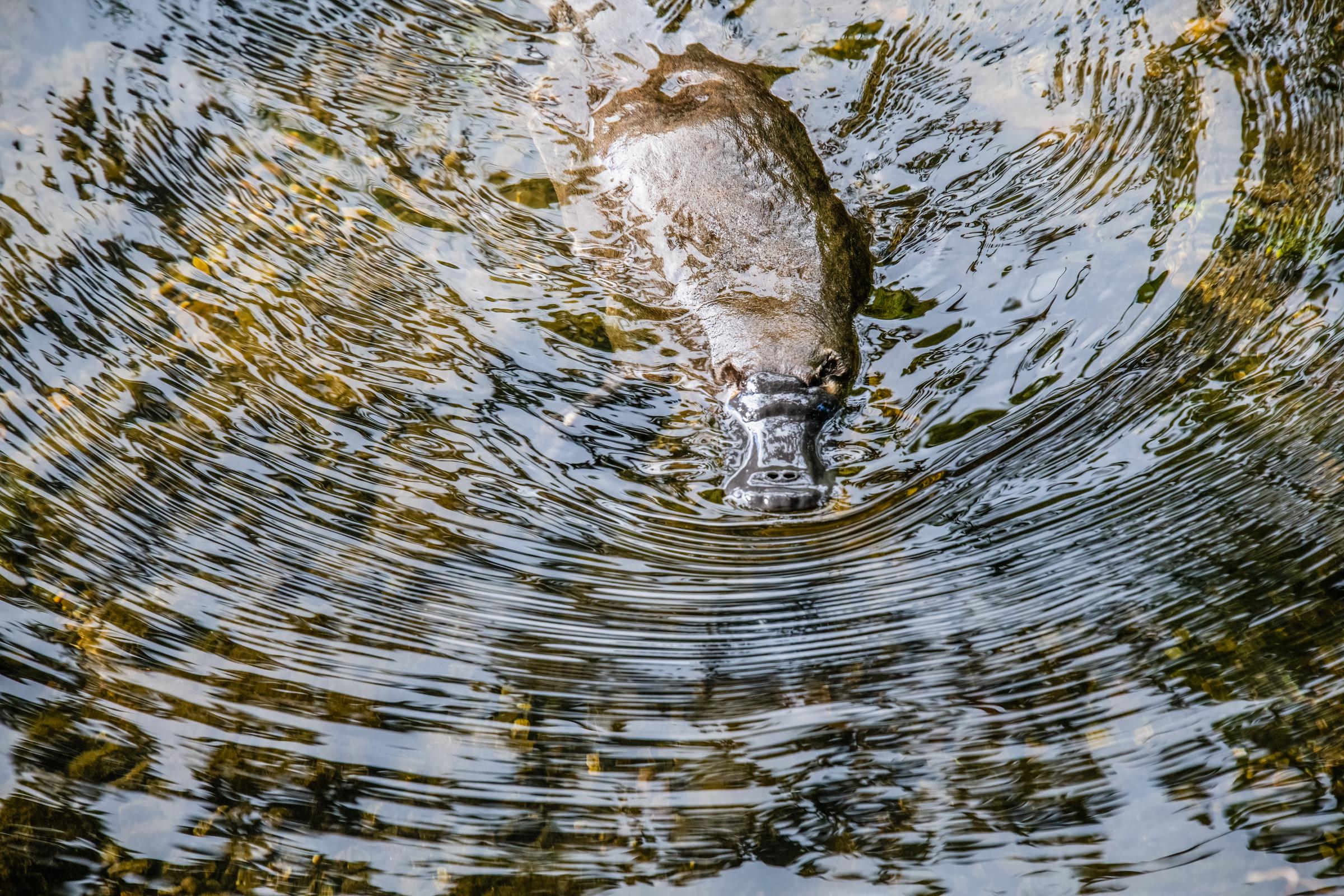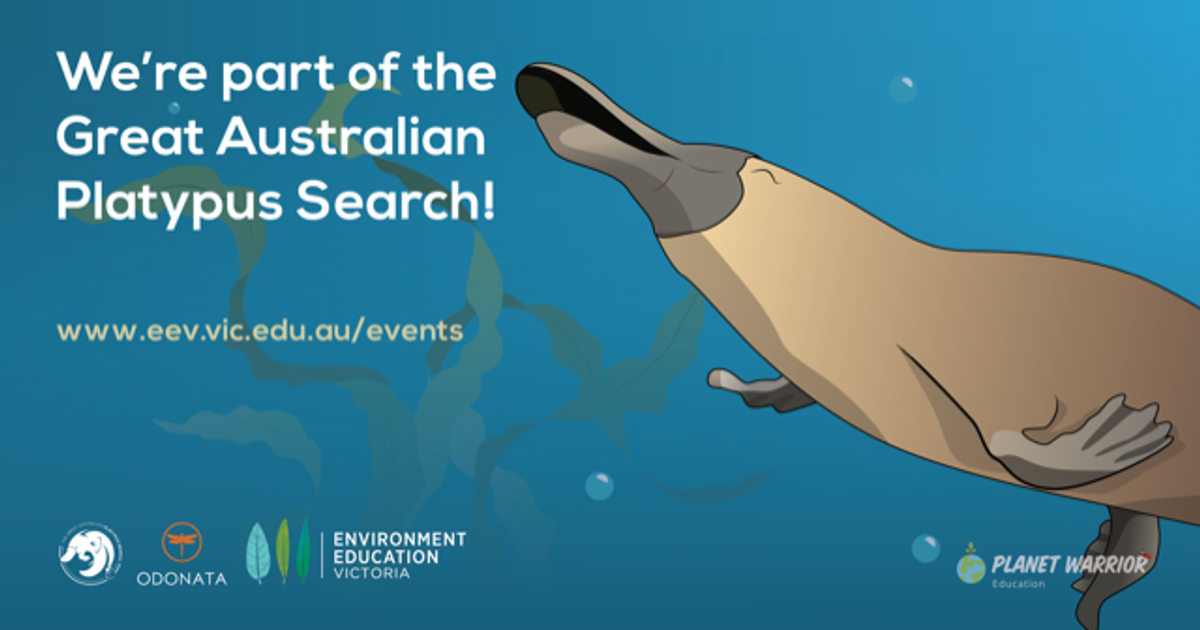Citizen Science Projects
The Great Australian Platypus Search

Citizen Science Projects
The Great Australian Platypus Search
Wantirna College is a part of one of the largest citizen science projects in the world - The Great Australian Platypus Search. This is a state-wide investigation into platypus populations to help improve understanding of the species through citizen science. Citizen science programs often help research scientists gather or analyse more data than they otherwise could in a given period of time.
Students in Environmental Science classes, particularly VCE, will learn about their local environment and help scientists by collecting environmental DNA (eDNA) samples from local waterways. eDNA refers to traces of DNA that wildlife shed into their environment. This data will be used to map the distribution of platypuses, fish and other aquatic vertebrates throughout Victoria’s waterways and will have the potential to inform policy, research and management. The ultimate aim being to reverse the Threatened Species status of the platypus.
Why the platypus? Not only is it unique, but is one of only two monotremes (mammals that lay eggs) in the world and is at risk of extinction, due to habitat loss, illegal trapping, drought, climate change and pollution. The platypus is special to many of our First Nations People; it is remembered and taught as a commemorator to the Great Spirit for bringing diversity and wisdom to the world of animals. Interestingly, very little is known about its actual distribution throughout Australia, although platypuses have been found from Queensland through to Victoria in established waterways.
Did you know:
If you want to get involved in other citizen science projects, check out the list below
DigiVol- help digitise collections
Australian Citizen Science Association has a comprehensive list of projects across Australia
Kate Chamberlain
Year 12 Year Level Leader
Environmental Science / General Science teacher

